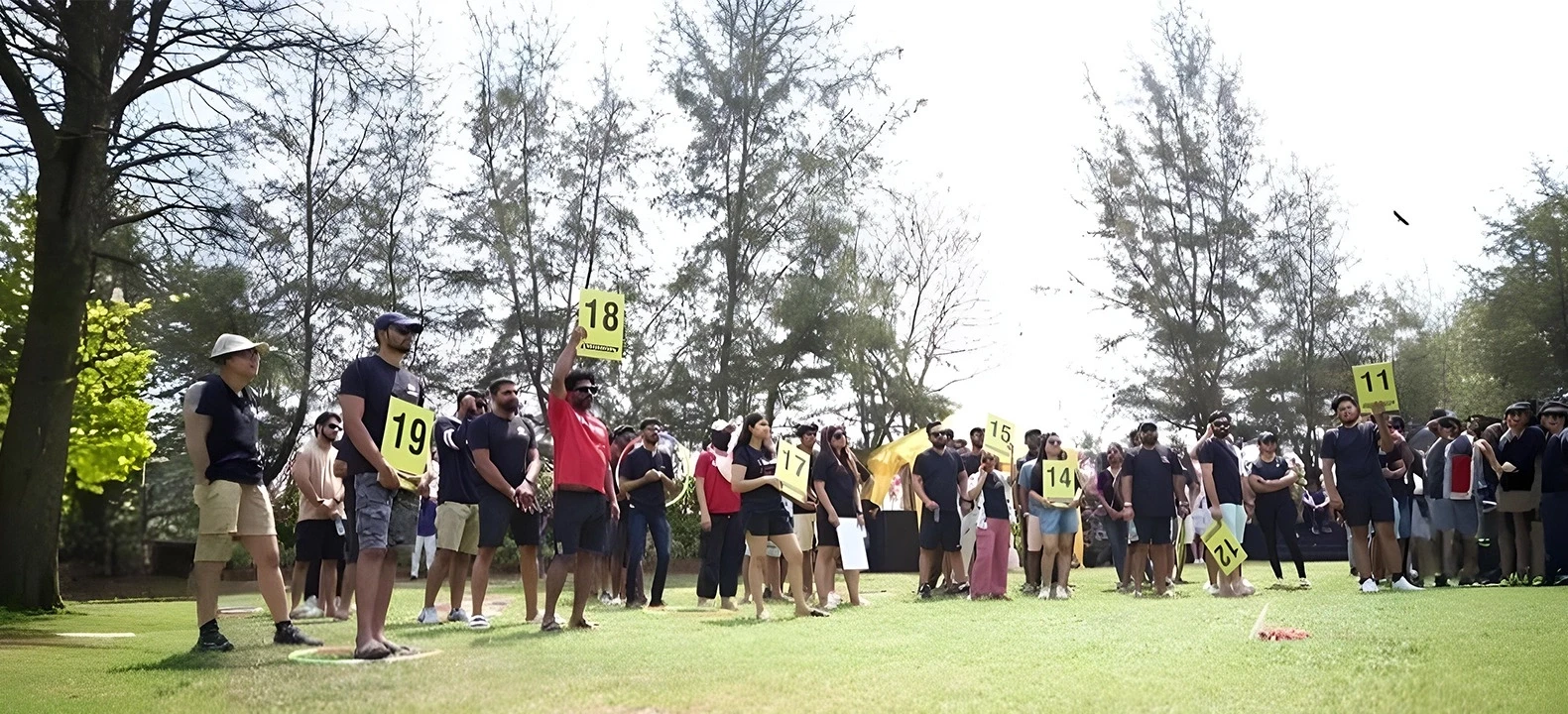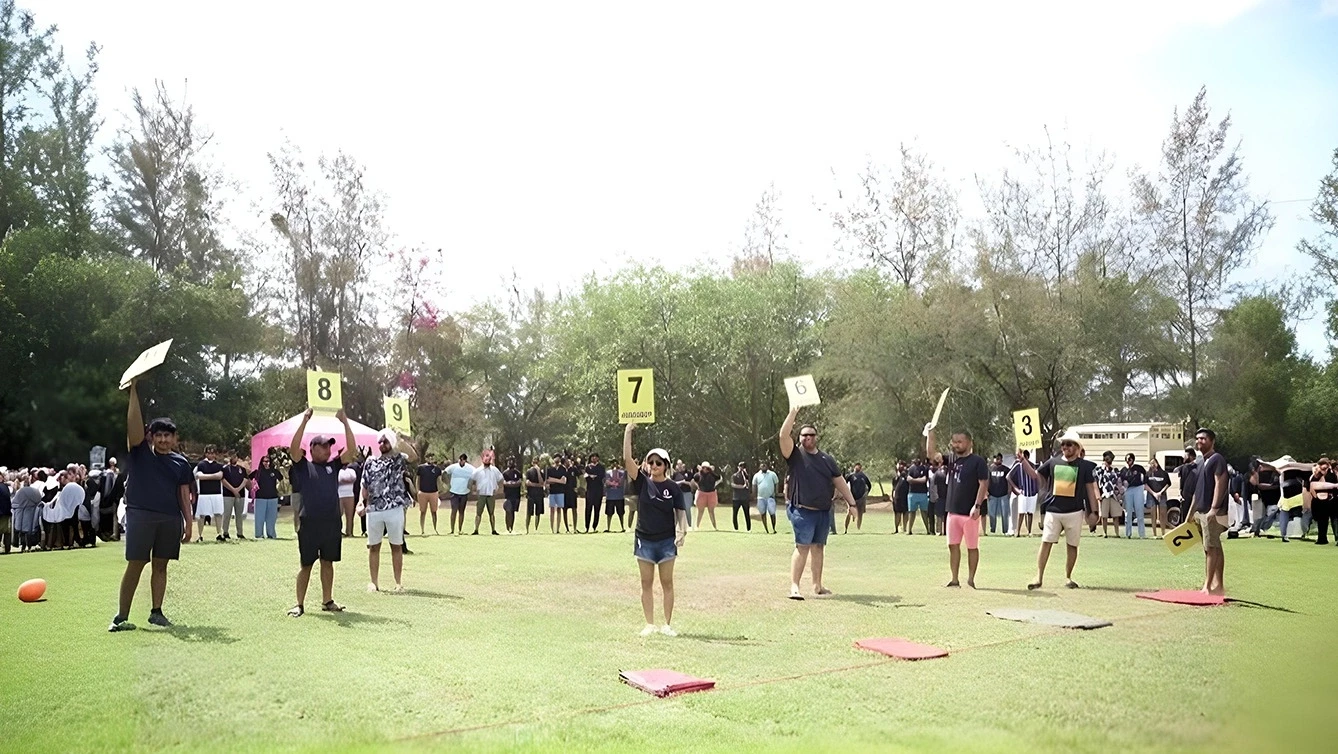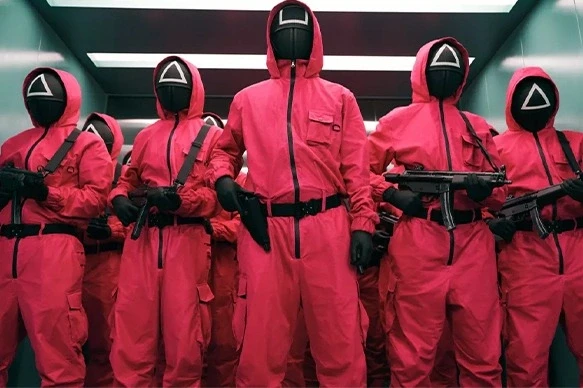In an era where remote work, hybrid schedules, and scattered teams are often the norm, one of the biggest challenges organizations face is the invisible drift between individuals. Workshops—whether on teamwork, communication, or leadership—have their place. But they often live in the cerebral realm: ideas, frameworks, slides, breakout rooms. What’s missing is embodied connection. That’s where thoughtfully designed corporate events come in. They tap into our biology, our social wiring, and foster deeper bonds than workshops alone ever could.
In short: workshops tend to operate at the thinking level. To create deep bonds, we must engage the feeling, moving, and social levels too.
Let’s explore some of the biological and psychological mechanisms that explain why corporate events, done right, can outperform workshops in unifying teams.


To harness this science, organizations must rethink what “team building” means. Instead of superficial games or icebreakers, the next frontier is experiential, narrative-driven, immersive events. Here’s a design framework:
When applied well, this is indeed revolutionizing corporate team building activities — moving from gimmicks to neuroscience-informed transformations.
Let me map theory into practice:
At SKIL Events, the philosophy aligns with this neuroscience-anchored thinking. They position themselves not merely as event planners but “memory architects” and experience designers. Their team is adept at fusing creative vision, tech-infused art, interactive installations, and strategic intent.
When SKIL executes corporate events across cities—whether corporate team building in Pune, in Bangalore, or in Mumbai —they bring local advantage + innovation. They handle everything from ideation to flawless execution, paying attention to aesthetic, narrative, and logistical precision.
So, when a client wants corporate events for team building, SKIL doesn’t just drop in “fun games.” They co-design experiences that echo team goals, build emotional resonance, and embed continuity beyond the event day. This is precisely what differentiates effective corporate events from surface-level workshops.
That said, workshops still have value—especially when you need to teach frameworks (conflict resolution, feedback models). The most potent approach is hybrid: an experiential event followed by periodic workshops or coaching to embed new habits.
Workshops are tools; corporate events—if grounded in neuroscience and experiential design—are transformational platforms. They help shift relationship dynamics, cultural identity, and behavioral norms in ways workshops alone rarely can.
For organizations looking to break free of the dull, transactional team-building mold, the future lies in revolutionizing corporate team building activities through immersive, emotionally honest, thoughtfully structured events.
If you’re exploring corporate team building in Pune, in Bangalore, or in Mumbai, SKIL Events is one firm that bridges creativity, precision, and emotional resonance. But more importantly, they model the philosophical shift: from events as add-ons to events as fundamental architecture for connection.

